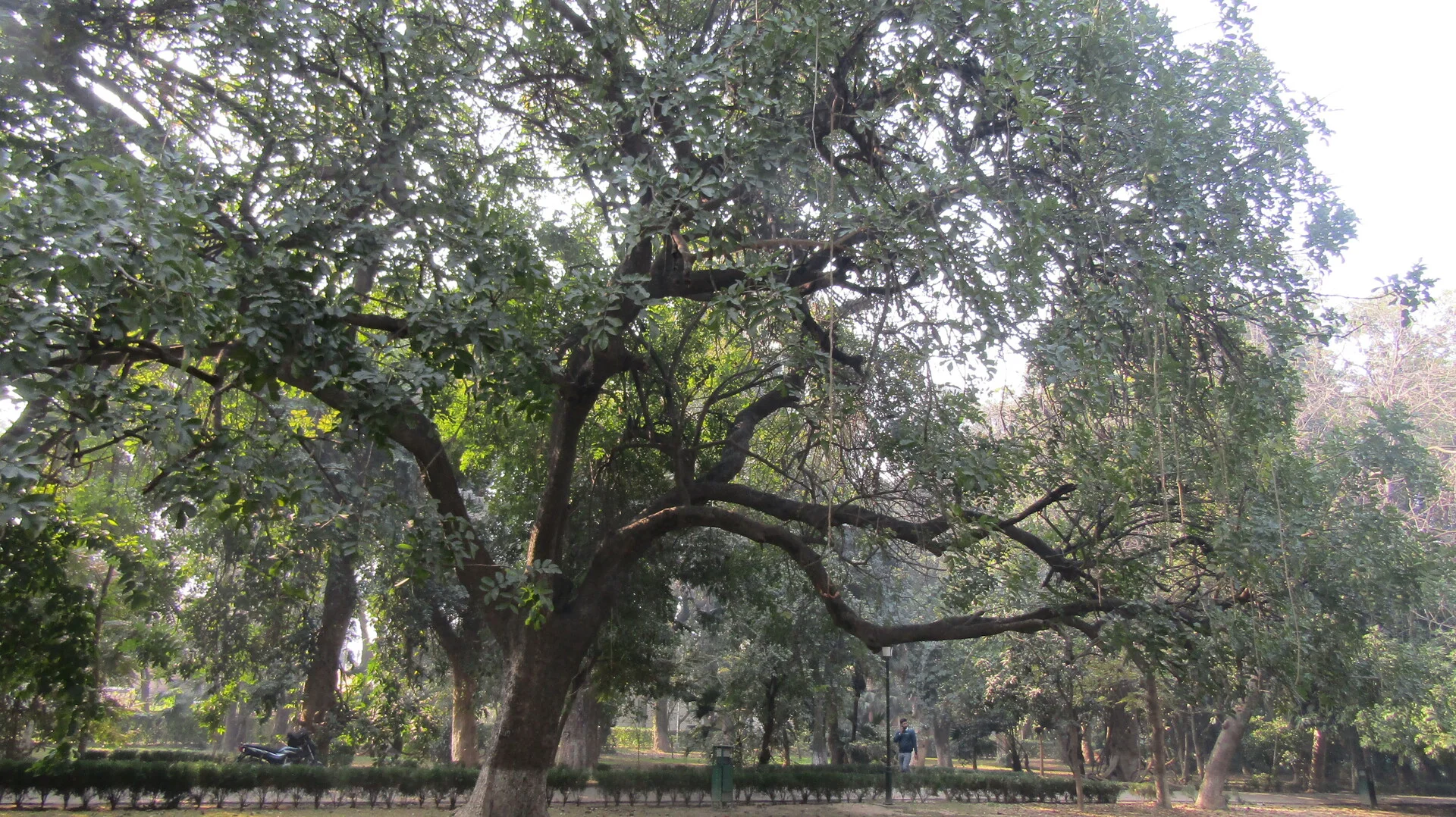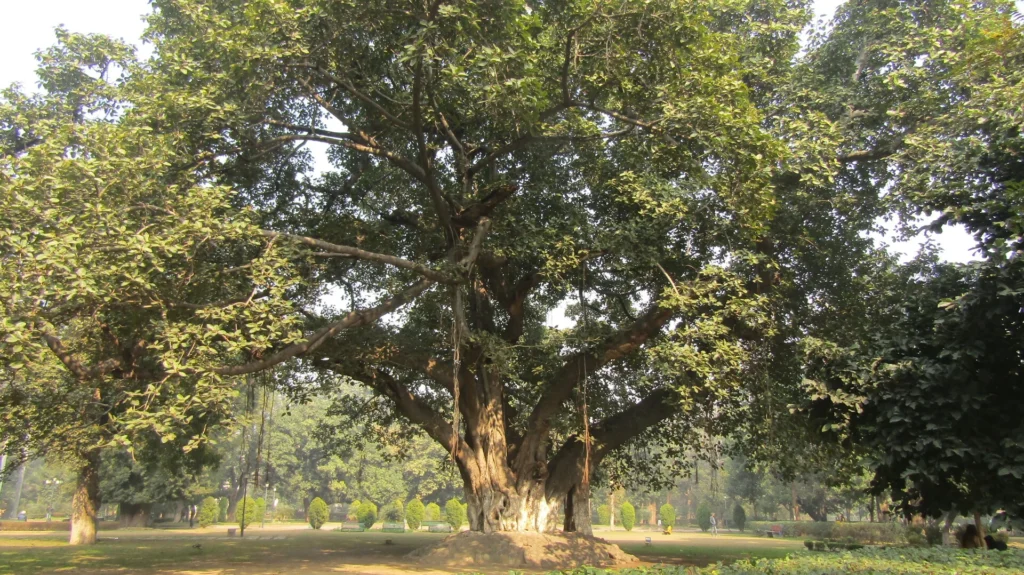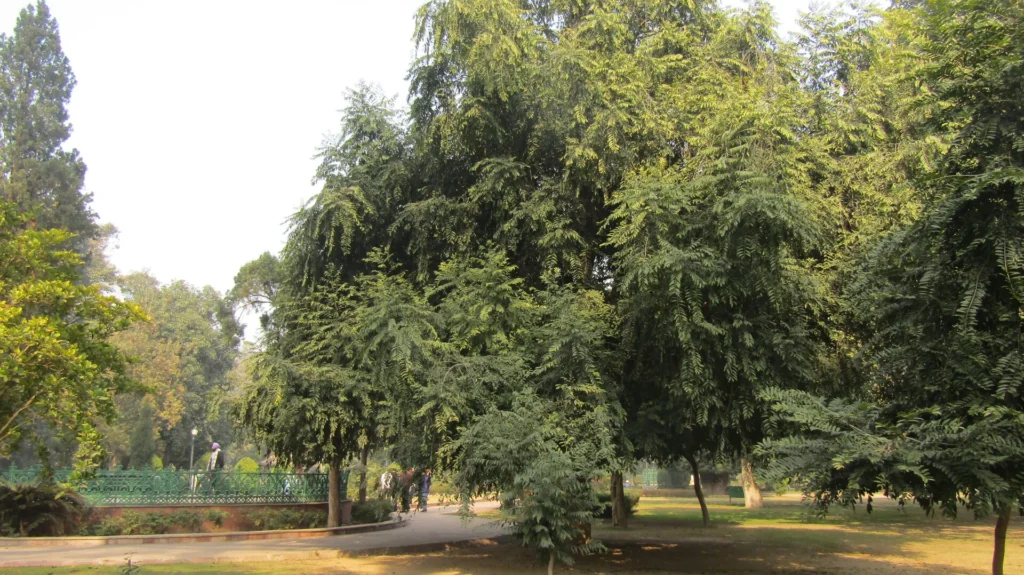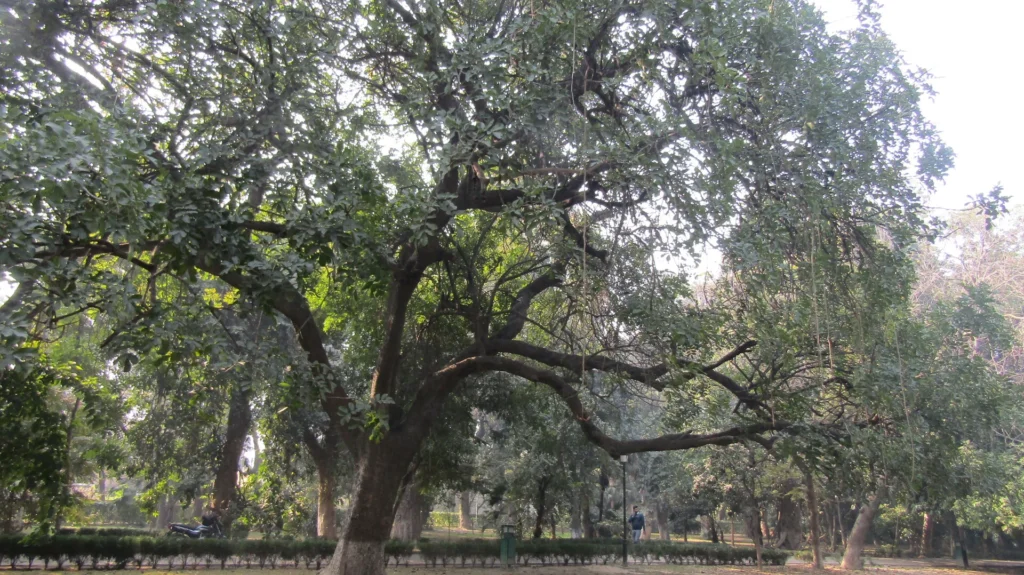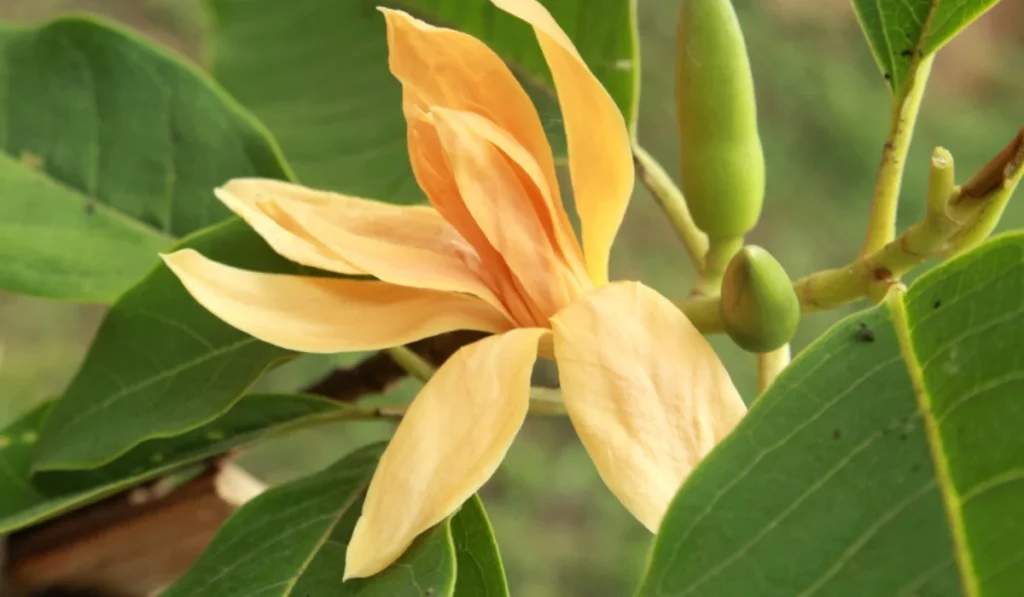Kigelia is a genus of flowering plants in the family Bignoniaceae. The genus consists of only one species, Kigelia africana, which occurs throughout tropical Africa. The so-called sausage tree grows a poisonous fruit that is up to 60 cm (2 feet) long, weighs about 7 kg (15 pounds), and resembles a sausage in a casing.
- Kingdom: Plantae
- Characteristic feature: Tracheophyte
- Type of seed : Angiosperms
- Order: Lamiales
- Family: Bignoniaceae
- Genus: Kigelia
- Species: K. africana
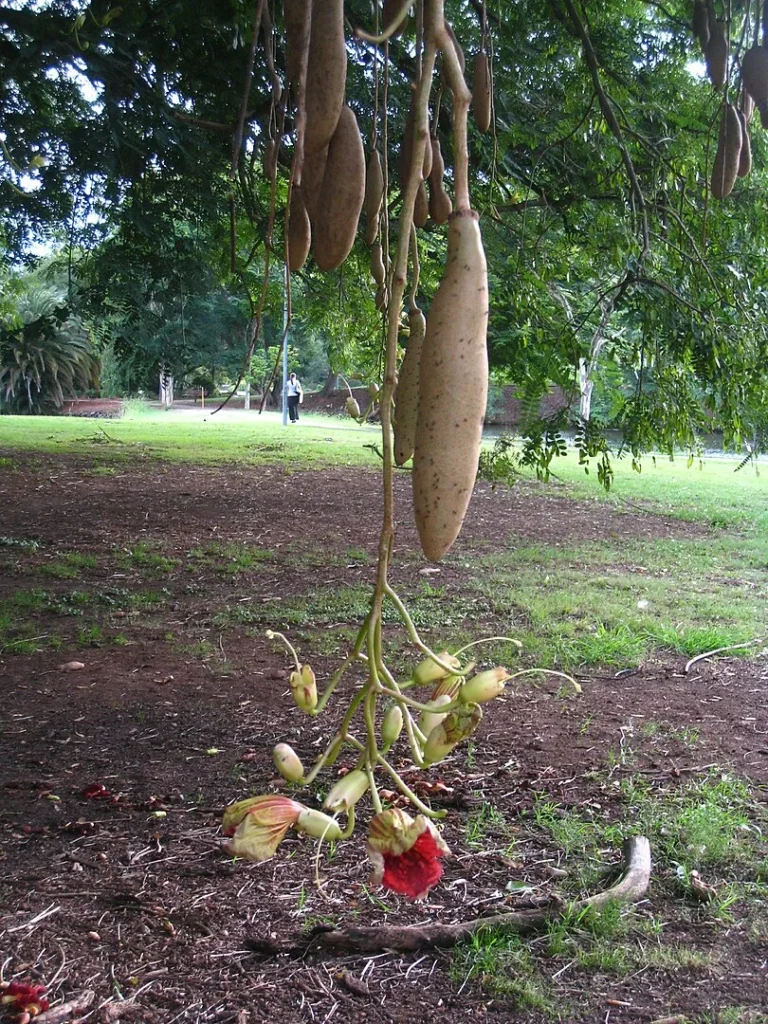
It is a tree growing up to 20 m (66 feet) tall and it typically has spreading branches. The bark is grey and smooth at first, peeling on older trees. It can be as thick as 6 mm on a 15-centimetre diameter branch.The wood is pale brown or yellowish, undifferentiated and not prone to cracking.
The tree is evergreen in regions where rainfall occurs throughout the year, but deciduous where there is a long dry season. The leaves are opposite or in whorls of three, 30 to 51 cm long, pinnate, with six to ten oval leaflets up to 20 cm (8 inches) long and 5.7 cm in diameter,the terminal leaflet can be either present or absent.
The flowers hang down from branches on long flexible. These can be up to 7.5 m in length. Flowers are produced in panicles; they are bell-shaped (similar to those of the African tulip tree but broader, darker, and more waxy), orange to maroon or purplish green, and about 10 cm wide. Individual flowers do not hang down but are oriented horizontally.
The fruit is a woody berry from 12 to 39 inches long and up to 18 cm in diameter.[5]. Typically the fruit weighs between 5 and 10 kg and hangs down on the long, rope-like peduncles. The fresh fruit pulp is fibrous, containing many seeds but are not edible as they are poisonous by nature.
Daily Use Case
The fresh fruit is poisonous to humans and strongly purgative. The fruits are prepared for consumption by drying, roasting, or fermentation. Around Mount Kenya, the dried fruits are used to make an alcoholic beverage, which is a core component in cultural events in central Kenya. The fruit is harvested, split into two along the grain, before being dried in the sun. The dried fruits are then inserted into a fermentation vessel with older, in-use to activate and inoculate the new ones with yeast. The more the cultures are used, the more potent they become in converting sugars from sugarcane juice and honey to carbon dioxide and alcohol. The alcoholic drink is usually reserved for special occasions like weddings, dowry and burial ceremonies. The tree is widely grown as an ornamental tree in tropical regions for its decorative flowers and unusual fruit.

